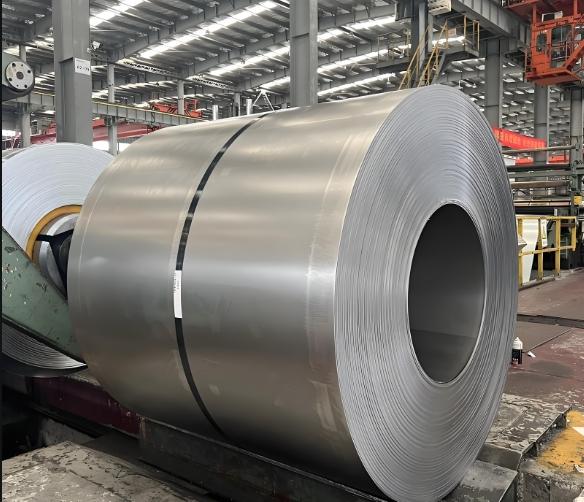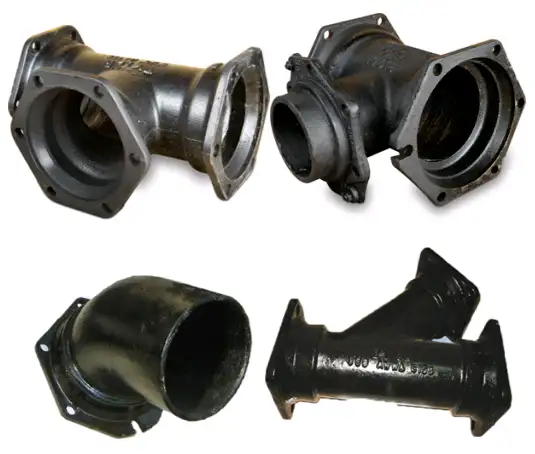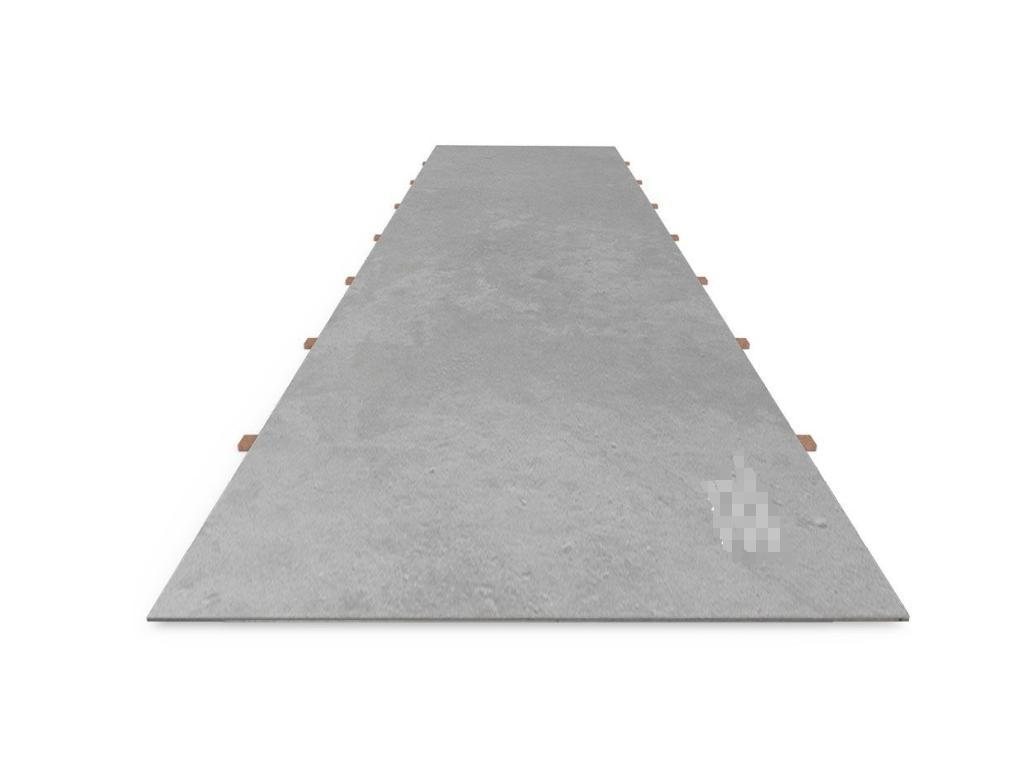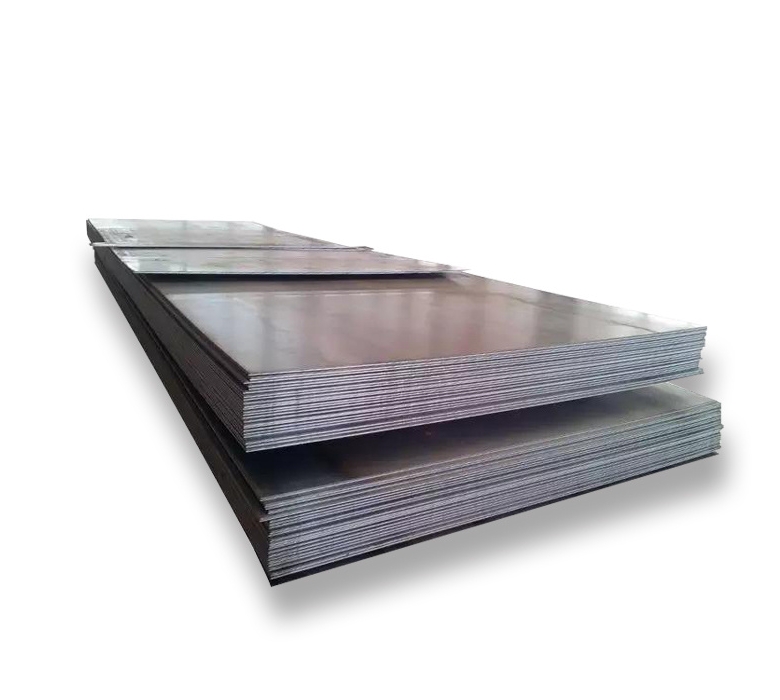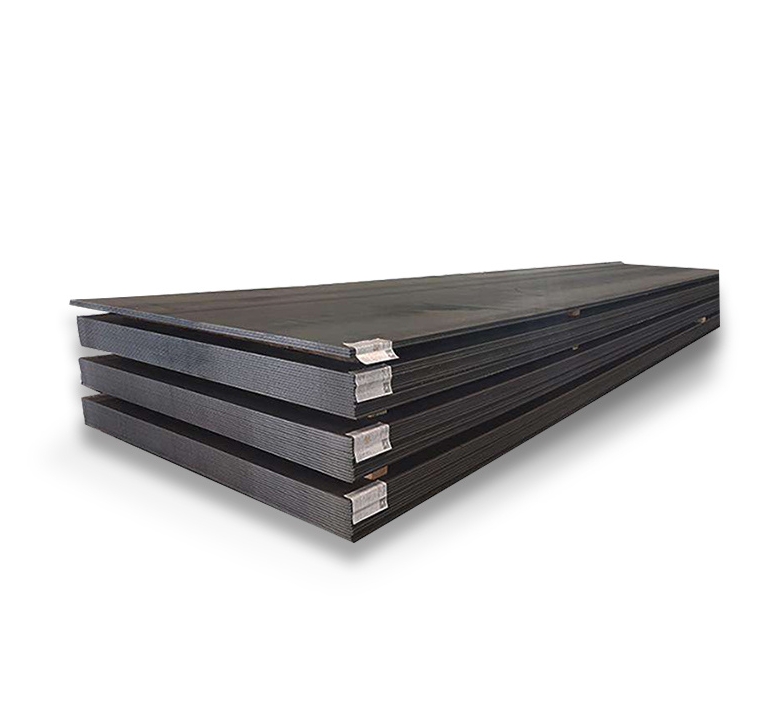Carbon steel coils—particularly ASTM A36, Q235, and S235JR—are among the most widely used materials in construction, manufacturing, and infrastructure projects worldwide. Despite their similar chemical compositions, each grade has unique properties that make it suitable for specific applications. Understanding why these carbon steel coils are so popular requires a deep dive into their characteristics, advantages, and real-world applications.
🔍 What Makes Carbon Steel Coils So Popular?
✅ Versatility Across Industries
Carbon steel coils are renowned for their versatility. They are used in a myriad of applications, from structural components in buildings to automotive parts and machinery. Their adaptability stems from their ability to be easily welded, machined, and formed into various shapes, making them ideal for a wide range of manufacturing processes.
💰 Cost-Effectiveness
Compared to alloy steels and stainless steels, carbon steel coils are more affordable. This cost-effectiveness does not come at the expense of performance; these materials offer a balance between strength and affordability, making them a go-to choice for many industries.
🛠️ Strength and Durability
Grades like A36, Q235, and S235JR provide a solid foundation for structural integrity. Their tensile strength and yield strength ensure that structures can withstand heavy loads and stresses, contributing to the longevity and safety of constructions.
📊 A Quick Comparison: A36 vs. Q235 vs. S235JR
| Property | ASTM A36 | Q235 | S235JR |
|---|---|---|---|
| Yield Strength | ≥ 250 MPa | ≥ 235 MPa | ≥ 235 MPa |
| Tensile Strength | 400–550 MPa | 370–500 MPa | 360–510 MPa |
| Carbon Content | 0.26–0.29% | ≤ 0.22% | ≤ 0.17% |
| Weldability | Excellent | Excellent | Excellent |
| Common Applications | Structural beams, bridges | General construction | Structural components |
🧪 In-Depth Look at Each Grade
🔹 ASTM A36: The U.S. Standard
ASTM A36 is a low-carbon steel grade widely used in the United States. Its carbon content ranges from 0.26% to 0.29%, providing a balance between strength and ductility. This grade is favored for its excellent weldability and machinability, making it suitable for structural applications such as beams, columns, and bridges.
🔹 Q235: China’s Equivalent
Q235 is China’s equivalent to ASTM A36. With a carbon content of less than 0.22%, Q235 offers good weldability and formability. It’s commonly used in general structural applications, including buildings, bridges, and machinery.
🔹 S235JR: The European Standard
S235JR is a European standard grade with a maximum carbon content of 0.17%. It provides excellent weldability and is used in structural applications similar to A36 and Q235. Its lower carbon content enhances its ductility and toughness.
🛠️ Real-World Applications
🏗️ Construction and Infrastructure
In the construction industry, carbon steel coils are used to fabricate beams, columns, and frames. Their strength ensures structural integrity, while their cost-effectiveness allows for budget-friendly projects.
🚗 Automotive and Machinery
In the automotive sector, carbon steel coils are used to manufacture chassis, body panels, and engine components. Their durability and formability make them ideal for these applications.
🏭 Manufacturing and Fabrication
Manufacturers utilize carbon steel coils to produce a wide range of products, from machinery parts to tools and equipment. Their machinability and strength are key factors in their widespread use.
⚠️ Common Misconceptions
❌ Misconception 1: All Carbon Steel Coils Are the Same
While A36, Q235, and S235JR are similar, they have distinct properties tailored to different standards and applications.
❌ Misconception 2: Higher Carbon Content Equals Better Strength
Higher carbon content can increase strength but may reduce ductility. The optimal balance depends on the specific requirements of the application.
❌ Misconception 3: Carbon Steel Coils Are Prone to Corrosion
Without proper treatment or coating, carbon steel coils can corrode. However, with appropriate protective measures, their longevity can be extended.
✅ Practical Checklist for Selecting Carbon Steel Coils
-
Determine Application Requirements: Assess the mechanical properties needed for your project.
-
Choose the Appropriate Grade: Select A36, Q235, or S235JR based on regional standards and specifications.
-
Consider Environmental Factors: Account for exposure to corrosive elements and choose coatings accordingly.
-
Evaluate Cost Constraints: Balance material costs with performance needs.
-
Consult with Suppliers: Engage with reputable suppliers to ensure quality and compliance with standards.
🧠 Final Thoughts
The popularity of A36, Q235, and S235JR carbon steel coils can be attributed to their versatility, cost-effectiveness, and suitability for a wide range of applications. Understanding the unique properties of each grade allows engineers and manufacturers to make informed decisions, ensuring the success and longevity of their projects.


